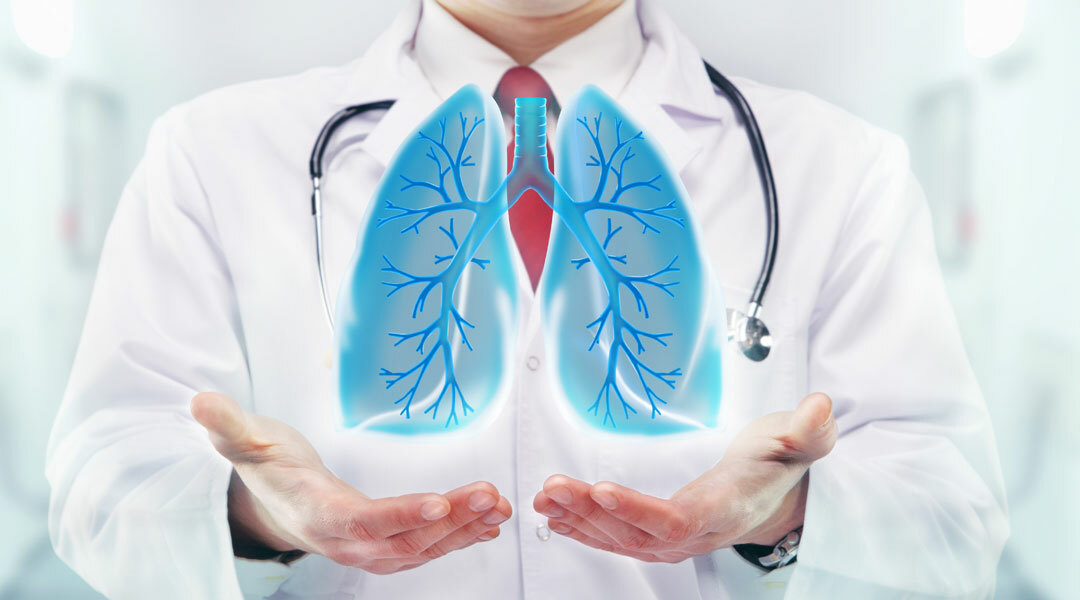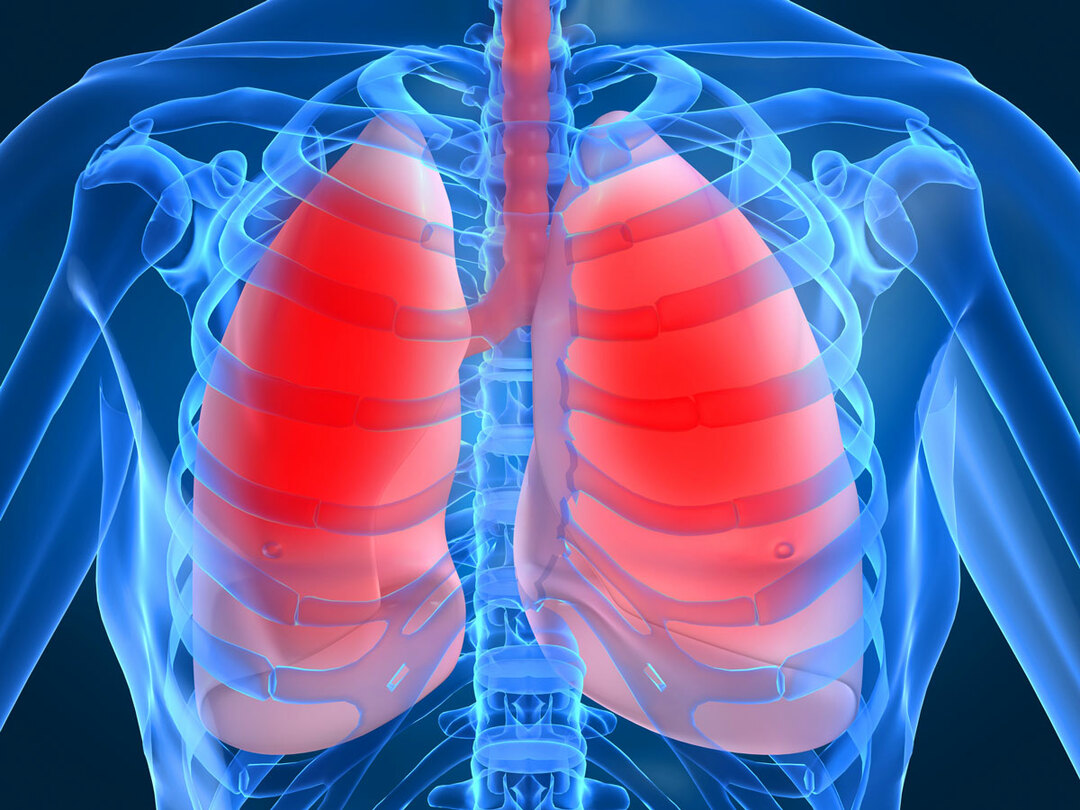Tuberculoma of the lung: causes, symptoms, diagnosis, treatment
Pulmonary tuberculosis is a clinical tuberculous form in which formation of a caseo-necrotic origin with a diameter of more than twelve millimeters, separated by a two-layer capsule from the adjacent pulmonary tissue, occurs in the pulmonary tissue.
Tuberculoma of the lung: causes of
The causative agent of tuberculosis are mycobacteria, predominantly human and bovine, with less frequent avian pathogens. The formation of tuberculosis is facilitated by two forms of pulmonary tuberculosis: focal and infiltrative-pneumonic. In addition, tuberculomas can be formed as a consequence of cavernous tuberculosis due to the filling of the cavern with casein. Filled caverns are considered conditional tuberculomas, tuberculomas are a kind of phenomenon of lung tissue.
Tuberculoma is a form of secondary tuberculosis. Usually, tuberculoma is a consequence of infiltrative or focal tuberculosis. Only in some cases, tuberculoma occurs at the stage of primary tuberculosis infection in the primary form of tuberculosis or in the case of disseminated tuberculosis.
Most often at the initial stage of tuberculosis does not show characteristic symptoms for a long period. Tuberculoma is detected mainly in fluorography.
Tuberculoma of the lung: symptoms of
The isolated form of the lesion determines the chronic, low-symptomatic course of tuberculoma in most patients. The aggravation most often occurs under the influence of unfavorable conditions and external and internal surrounding factors that reduce the possibility of distinguishing specific inflammation in the lung. With tuberculoma, patients experience weakness, decreased appetite, weight loss, often a fever of up to thirty-eight degrees. There may be chest pains arising during breathing, dry coughing, and sometimes coughing with sputum. Occasionally, hemoptysis appears.
There are three variants of tuberculosis development:
- Progressing, characterized by the appearance of disintegration or inflammation around the tuberculoma or bronchogenic colonization of nearby lung tissue.
- Stable, during which changes are hardly noticeable, and exacerbations occur rarely and without signs of progression.
- Regressing, a characteristic manifestation of which is the reduction of tuberculoma and the subsequent formation in its place of a single focus or group of foci.
Of all forms of tuberculosis of the lungs of tuberculoma is observed in six to ten percent of patients. This is due to the fact that extensive processes of infiltrative-pneumonic nature under the influence of treatment and increasing the resistance of the organism are limited and condensed. However, the process does not stop completely, remaining a clearly delineated solid formation.
Due to the fact that tuberculoma is an indicator of high resistance of the body, often this form of pulmonary tuberculosis is revealed quite by accident during fluorography or preventive examinations. Complaints in patients are practically absent.
Pulmonary tuberculosis: diagnosis of
The diagnosis of pulmonary tuberculoma presents a certain complexity, as clinical symptoms are scarce or nonexistent, and a rounded shadow in the lung that has clear boundaries can be an x-ray manifestation of another disease. The tubercular origin of the process is confirmed if the mycobacterium tuberculosis in the sputum is detected, as well as in the hyperergic reaction to tuberculin. In the absence of bacteria in the secretions and hyperergic reactions to tuberculin, it is advisable to conduct a bronchodilator study. With bronchography in patients with pulmonary tuberculosis in small bronchi, a symptom of amputation near the capsule of tuberculoma, deformation of the bronchi, small bronchiectasis can be found, bronchoscopy sometimes reveals tuberculosis of the mouth of segmental bronchi. A significant role in diagnostics is shown by bacteriological and cytological studies of the contents of bronchi isolated from bronchoscopy and, in addition, lung biopsy.
At the examination of the patient, pathological changes in the lungs are practically not detected. Chrypses are audible only with a massive outbreak with widespread infiltrative changes in the lung tissue surrounding tuberculoma.
The blood test is not particularly significant, in the case of exacerbations there is a moderate acceleration of ESR and leukocytosis of moderate character.
With stable tuberculosis, mycobacteria are not found in sputum. In case of disintegration in tuberculoma, bacilli is found in the case when there is a connection with the drainage bronchus.
Most patients with lung Tuberculomas react positively to tuberculin PPD sample preferably has hyperergic character.
Diagnosis of tuberculosis mainly in adults aged twenty-thirty-five years. In children and people in old age, tuberculoma is relatively rare. More than half of the patients are detected during a control fluorographic examination, while in the majority of patients there are no obvious clinical signs of the disease. Tuberculomas are detected equally often in the left and right lungs. Localization occurs most often in the outer parts or subpleural.
Tuberculomas lungs treatment
Treatment tuberculoma light is conducted in a TB institutions on a standard chemotherapy regimen, when the intensive phase of treatment is assigned four major anti-TB drugs for two months - isoniazid, pirazinamidrifampitsin and ethambutol, and in the continuation phase for about six months - isoniazidAnd rifampicin or isoniazid and ethambutol. Patients with
Tuberculomas lungs during slow involution of specific changes in the continuation phase Recommended for anti-inflammatory therapy, comprising a ligase, tuberkulinoterapiyu, BCG and physiotherapeutic methods( ultrasound or inductothermy).The use of antibacterial drugs allows in most cases to achieve regression of the disease and prevent possible complications.
Also for the treatment of pulmonary tuberculosis surgical intervention is applied( segmental, bisegamental, lobectomy).Operation is appointed or nominated after two-four months after carrying out of antibacterial treatment. After surgery, patients are monitored at the dispensary. If the tuberculoma is stable and its size is small, surgery can be avoided. Equally important to maintain stability are tuberculoma sanatorium treatment, maintain hygienic conditions and diet, this is especially true for cases where removal tuberculoma not possible. Surgery( segmental resection) is performed with minimal removal of the affected lung tissue. Surgical treatment is appropriate and in cases where there is no confidence in the accuracy of diagnosis, since it is difficult to differentiate tuberculoma from other diseases of the lungs, especially a variety of tumors.
The emergence of tuberculosis is provoked mainly by poor living conditions. For the prevention of the disease it is necessary to periodically screened for tuberculosis, hygiene rules, preventing close contact with the ill person and timely vaccination of newborns.



